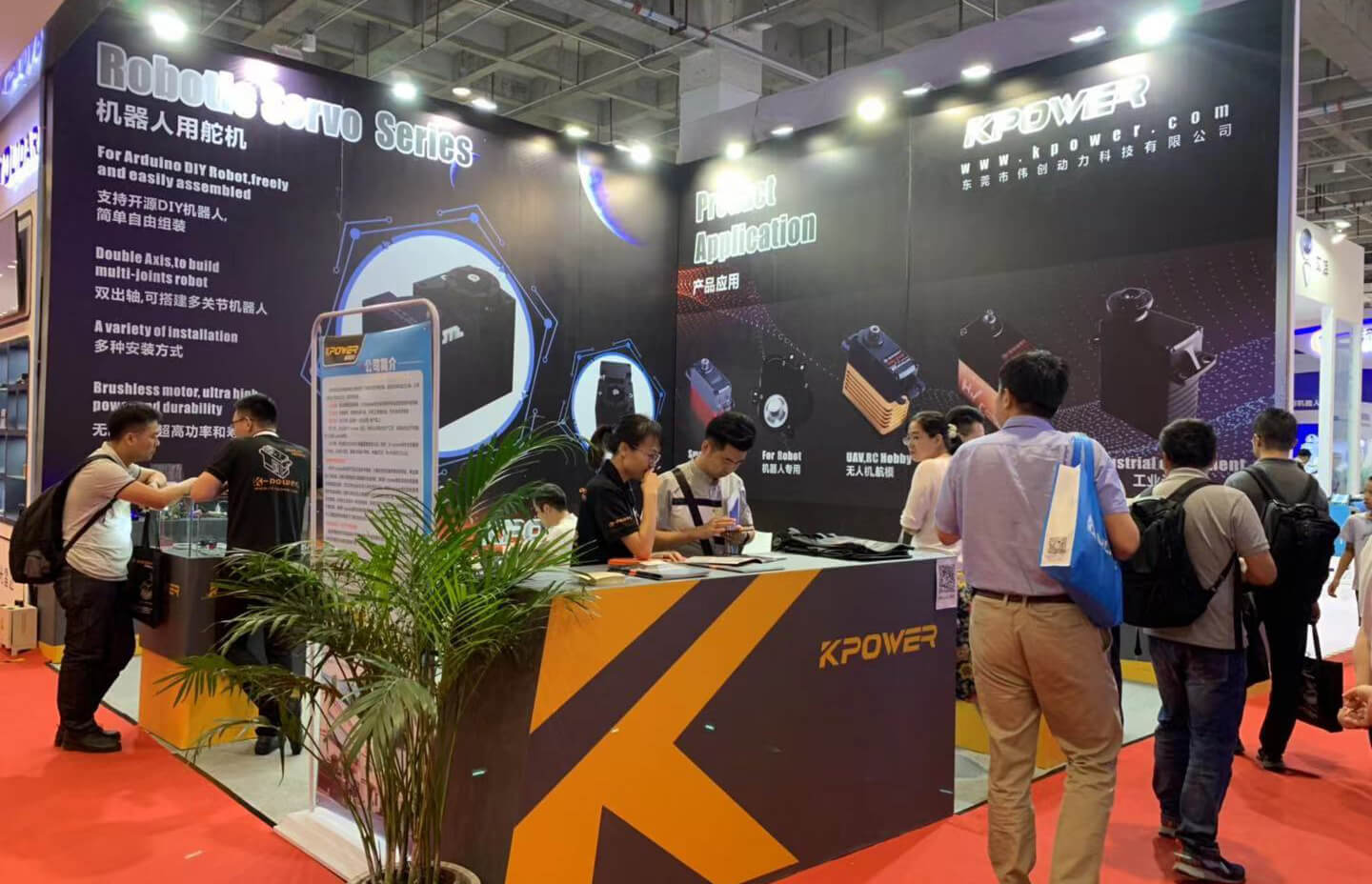part 1:
Unlocking Precision Airflow: The Role of Air Outlet Damper Control Servo Motor Circuits in Modern HVAC Systems

Imagine stepping into a cozy room where the temperature feels just right—neither too hot nor too cold. Behind this perfect climate control lies an intricate dance of mechanical and electronic components working seamlessly together. At the heart of this dance are the air outlet dampers, pivotal elements that regulate airflow within heating, ventilation, and air conditioning (HVAC) systems. To achieve the desired precision and responsiveness, engineers have turned to advanced servo motor circuits tailored for damper control.
The Significance of Damper Control
Air outlet dampers are adjustable plates or blades that modulate the flow of conditioned air into different zones within a building. These dampers can open wide or close partially, directing rooms to the ideal airflow. This precise regulation influences comfort, air quality, and energy consumption, making damper control a cornerstone of modern HVAC design.
For instance, in large commercial buildings or smart homes, managing airflow individually for each room can dramatically reduce energy bills while enhancing comfort. Damper control circuits act as the brain behind these mechanisms, interpreting signals from temperature sensors or user inputs and commanding the damper motors to adjust accordingly.
Enter the Servo Motor Circuit
At the core of an effective damper control system lies the servo motor circuit—a sophisticated electronic control setup that governs the movement of the damper actuator. Unlike simple motors, servo circuits are designed to provide accurate position feedback, precise control, and swift adjustments, all while maintaining energy efficiency.
What is a Servo Motor Circuit?
In essence, a servo motor circuit comprises a motor, a controller, a feedback device (like potentiometers or encoders), and a power supply all working harmoniously. When an input signal—perhaps from a thermostat or automation system—indicates a certain damper position, the controller processes this command. It then drives the motor to reach and hold that position with high accuracy.
This configuration allows for dynamic adaptation to varying ambient conditions or user preferences. Whether the demand is for partial airflow or complete shutdown, the servo circuit ensures that the damper responds swiftly and accurately, maintaining the desired environment.
How Does the Circuit Function?
The functioning begins with a control signal, which could be generated via manual input, thermostatic feedback, or integrated building management systems. This signal is fed into the servo controller, which compares it with the current damper position—a reading provided by the feedback device.
If there's a discrepancy, the controller adjusts its output to the motor, commanding it to move toward the target position. This process is continuous and real-time, involving sophisticated algorithms like PID (Proportional-Integral-Derivative) control, which fine-tunes the motor’s behavior for optimal performance.
Components of the Air Outlet Damper Control Servo Motor Circuit
Servo Motor: The actuator that physically moves the damper blade. Typically, these are geared motors designed for precise movements and hold positions without drifting.
Controller Circuit: The brain of the system, often realized with microcontrollers or specialized integrated circuits, which interpret inputs and generate control signals.
Feedback Device: Devices like potentiometers or encoders attached to the damper shaft provide real-time position data back to the controller, closing the feedback loop.
Power Supply: Ensures the servo circuit and motor receive stable electrical power, capable of delivering sufficient torque and response time.
Protection Elements: Components such as fuses, diodes, and filters prevent damage from overcurrent, voltage spikes, or electromagnetic interference.
Advancements in the Technology
Over the years, the design of air outlet damper servo circuits has evolved considerably. Early systems relied on simple on/off motor controls, which lacked finesse and often led to overshoot or sluggish responses. Today, microcontrollers enable precise control algorithms that optimize damper positioning.
Moreover, integration with Building Management Systems (BMS) allows for centralized, automated regulation based on occupancy, schedules, or air quality parameters. The incorporation of intelligent sensors and adaptive algorithms means the system can predict needs and respond proactively, rather than reactively.
(Part 1 ends here; I will prepare Part 2 with further insights into circuit design considerations, examples of applications, maintenance tips, and future trends. Would you like to proceed with Part 2 now?)
Kpower has delivered professional drive system solutions to over 500 enterprise clients globally with products covering various fields such as Smart Home Systems, Automatic Electronics, Robotics, Precision Agriculture, Drones, and Industrial Automation.




































